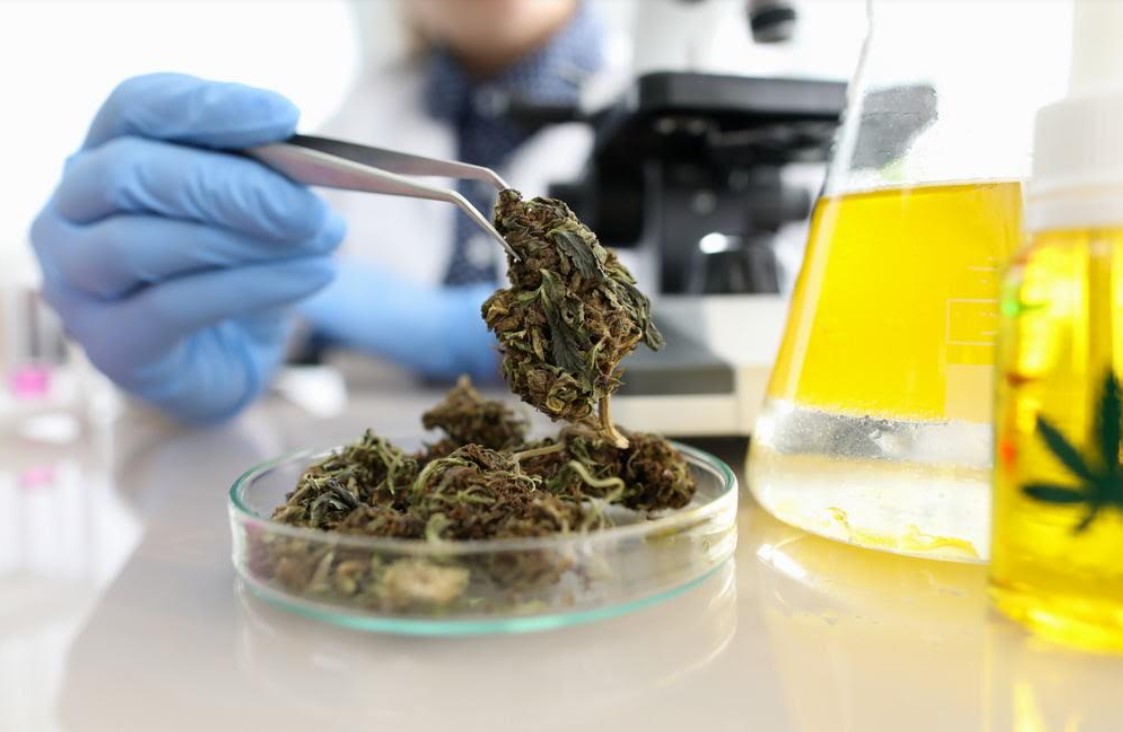
It is no secret that the number one complaint cited by medical cannabis users is chronic pain. It’s a reality that has led to a number of research projects intended to discover whether cannabis has any measurable effect on pain. Results are still not conclusive. But while scientists debate pot’s effectiveness as a pain reliever, we always have history to look at.
Utahmarijuana.org is intimately familiar with medical cannabis as a chronic pain treatment. The organization operates a number of pain clinics around the state, clinics that assist patients in getting their medical cannabis cards. They say history is replete with examples of ancient cultures relying on cannabis to treat pain.
If such claims are true, thousands of years of anecdotal evidence is pretty powerful. On the other hand, there are those scientists who believe that any pain relief related to cannabis is mostly the result of the placebo effect. Are they correct? The science has yet to be settled. It may never be.
A Pretty Old Plant
Utahmarijuana.org’s position is echoed by the History of Cannabis Museum located in Washington, D.C. According to the museum, the oldest reports of ancient cannabis use date back to Taiwan circa 8000 BC. History seems to suggest that cannabis is a pretty old plant.
Ancient Chinese cultures apparently used cannabis in multiple ways. It was utilized as a medicine and health supplement. But the plant had plenty of uses beyond health and well-being. Cannabis plants, primarily hemp, were used to make everything from clothing and paper to fishing nets and rope. Cannabis seeds were consumed as food.
Fast-forward to roughly 3000 BC and we have actual records showing cannabis being used as a medicine. The Chinese were sold on its healing properties, particularly in relation to painful conditions including rheumatism, gout, and menstrual issues.
Cannabis in India
The Chinese were not the only ones using cannabis thousands of years ago. Cannabis also has a verifiable history in India. There, cannabis was utilized for both physical health and religious worship. It was used medicinally to treat aches and pains, gastrointestinal problems, and even sleep problems. Sounds a lot like how modern medical cannabis patients use the plant, doesn’t it?
Ancient Chinese and Indian cultures offer more than ample evidence suggesting a long and positive history for medical cannabis. We will not get in to any more for the simple fact that most of us get the point. What is important to note is that cannabis fear did not begin in North America until the early 20th century. Thanks to unfortunate events involving marijuana and a particular crime, the cannabis plant was labeled as dangerous and addictive.
That’s when states began passing anti-cannabis laws. By the early 1970s, the majority of U.S. political leaders believed that cannabis was bad. It was added to the federal government’s list of Schedule I controlled substances and the rest, as they say, is history.
Still Controversial Today
The fateful decision to add cannabis to the controlled substances list only cemented an unwarranted fear of the plant. And because of that fear, cannabis is still controversial today. Even though the majority of Americans believe it should be legal as a medicine, there are still many in the medical community who refuse to see its benefits.
As such, we still have the debate over whether medical cannabis pain relief is actual or induced by the placebo effect. Does it matter? The actual mechanism behind its pain-relieving properties is less important than the fact that it relieves pain. If nothing else, history teaches us that much.


